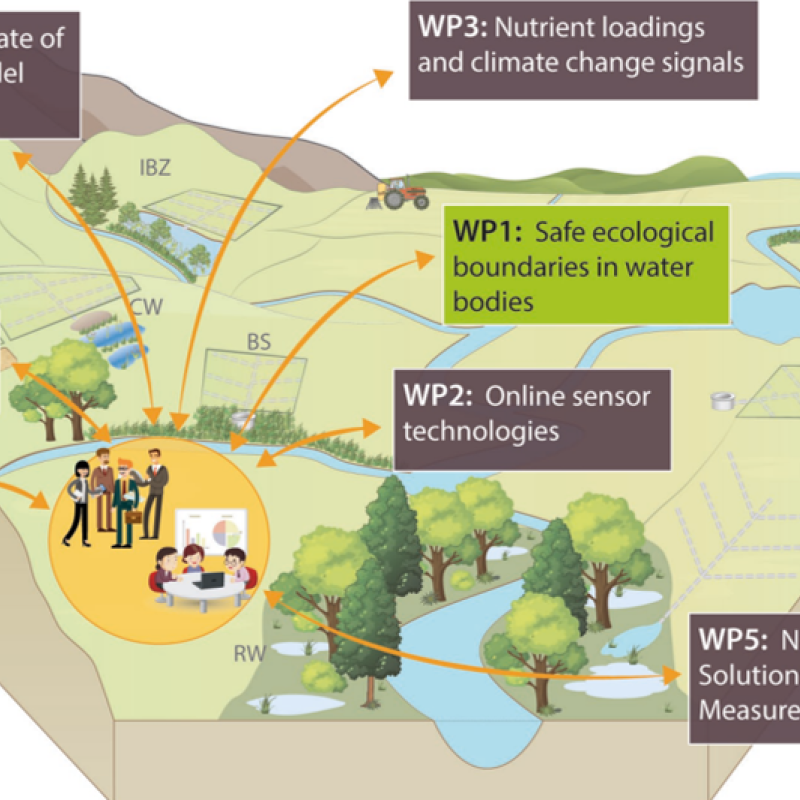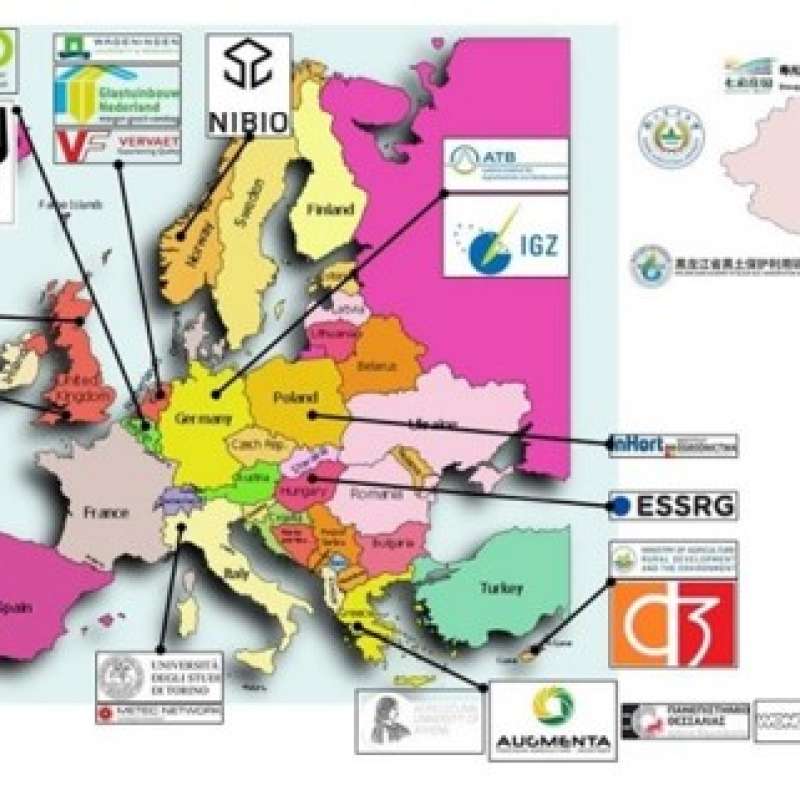Dominika Krzeminska
Head of Department/Head of Research
(+47) 915 98 728
dominika.krzeminska@nibio.no
Place
Ås O43
Visiting address
Oluf Thesens vei 43, 1433 Ås
Biography
I am researcher - modeller and field worker - working in the area of hydrogeology, soil stability, landslides and natural based solutions.
I am landslide hydrologists (PhD), Environmental Engineer (MSc) and certified EHS specialist (PostGrad). My research are dedicated to natural hazard and disaster analysis, with the focus on soil stability, buffer zone efficiency and the influence of preferential flow paths on landslides hydrology. My main research activities included: hydrogeological site monitoring (field measurements, data collection), data processing (ArcGIS, MatLab, PCRaster, MicrosoftExcel) and modelling (STARWARS, LISEM, BSTEM, PROSYS II), as well as presentation of the findings (orals, posters, technical reports).
Besides the main research I was actively involved in organising workshops, conferences and (on line) intensive courses, creating platform to exchange the knowledge, data and share all kind of experience. This activates made me aware of the importance of proper communication and collaboration between researchers, authorities and stakeholders.
My research and managerial experience comes from participations in several EU funded and international projects: MOUNTAIN-RISKS (2007–2010, FP6), ECOU-PREF (2006-2008), ANR CATTEL TRIGGERLAND (2007-2010) and SAFELAND (2008-2011, FP7), PREDHYPO (2015-2016), RECARE (2014-2018, FP7), BUFFERKLIMA (2017-2019).
Key competences:
- spatial data analysis and data integration
- monitoring and analysing of hydrological systems (field and laboratory measurements campaign)
- data processing (ArcGIS, MatLab, MicrosoftExcel)
- modelling (STARWARS, LISEM, BSTEM, PERSIST)
- scripting (PCRaster, FORTRAN)
- presentation (oral and poster)
- technical reports
- academic writing
- project management
Abstract
SWAT+ modelling and scenario results for changes in nitrate leaching to shallow groundwater in the Himmerland catchment, Denmark, with afforestation, set aside and fertilization reduction. Results are calculated for present and future climate conditions.
Abstract
Presenting the status and preliminary results of the nitrate transport modelling for the Zelivka and Himmerland catchments using the SWAT+ model
Abstract
No abstract has been registered

Division of Environment and Natural Resources
MARCHES - Methodologies for Assessing the Real Costs to Health of Environmental Stressors

Division of Environment and Natural Resources
NORDBALT ECOSAFE: Nitrogen and phosphorus load reduction approach within safe ecological boundaries for the Nordic Baltic region
About the project

Division of Environment and Natural Resources
ENGAGE: Europe Nutrient Management - Guided Approaches for Greater Export reduction
ENGAGE aims to operationalise a novel vision for the future of multi-scale nutrientexport reduction and associated ecosystem services in national andtransboundary/international river basins in Europe by bringing together robuststakeholder engagement strategies with coupled state-of-the-art computationalhydrology techniques and online interactive use-tailored DS tool approaches that integrate remote sensing, socio-economic, governance, and society-change decisionelements.

Division of Food Production and Society
ECONUTRI
Innovative concepts and technologies for ECOlogically sustainable NUTRIent management in agriculture aiming to prevent, mitigate and eliminate pollution in soils, water and air
